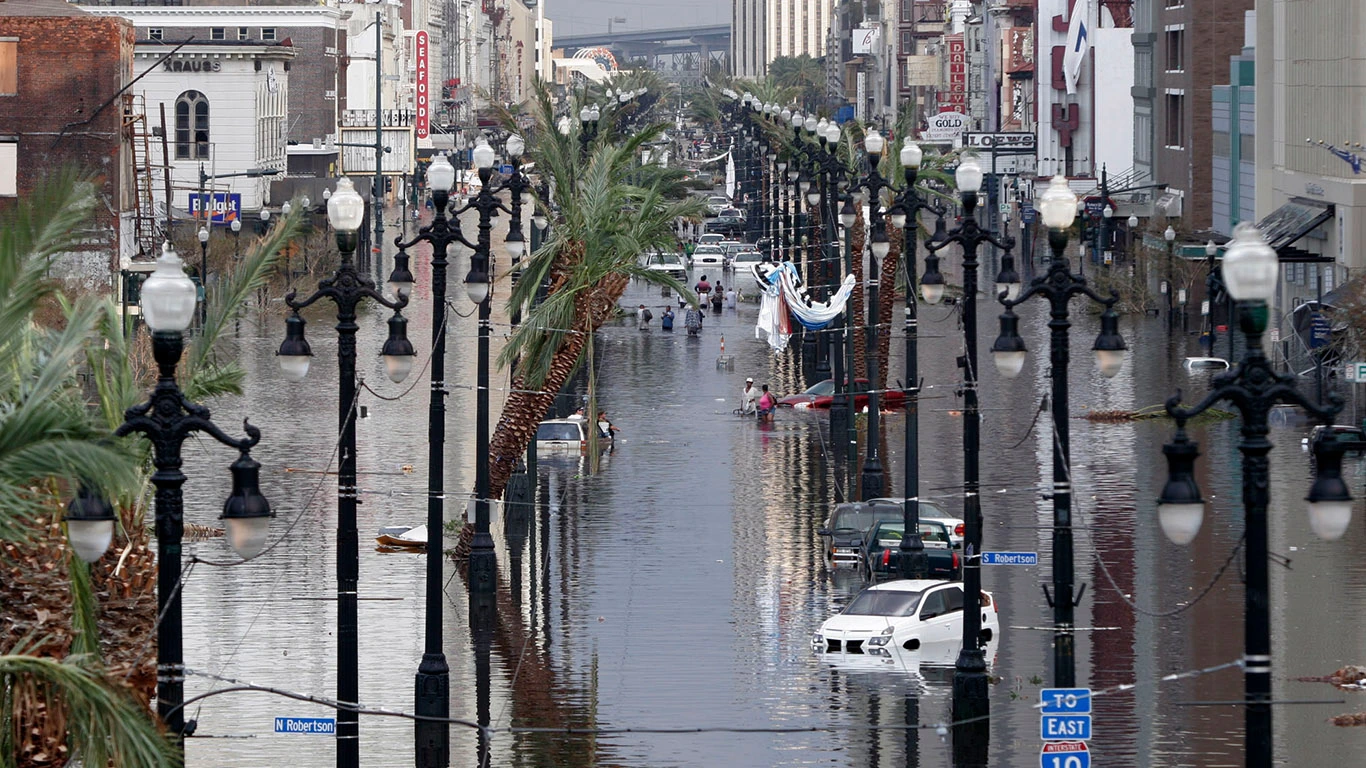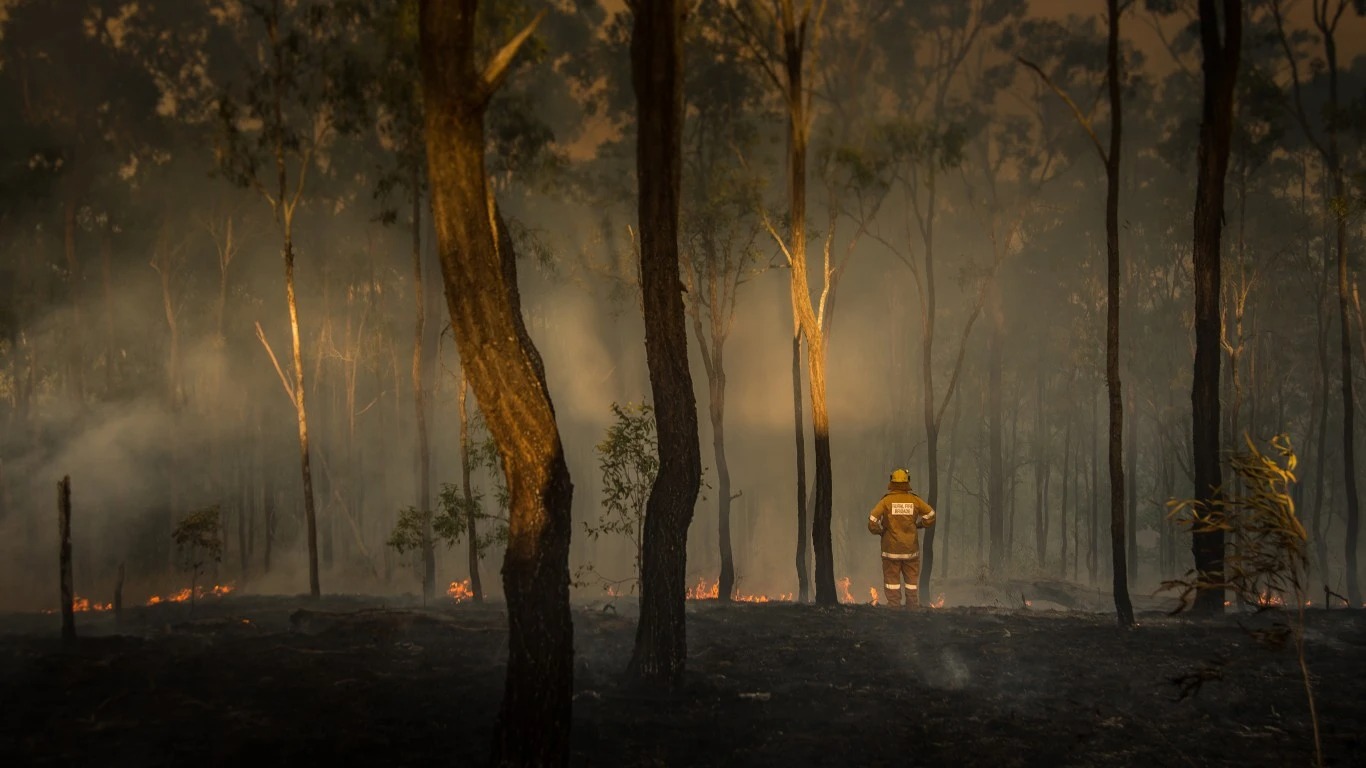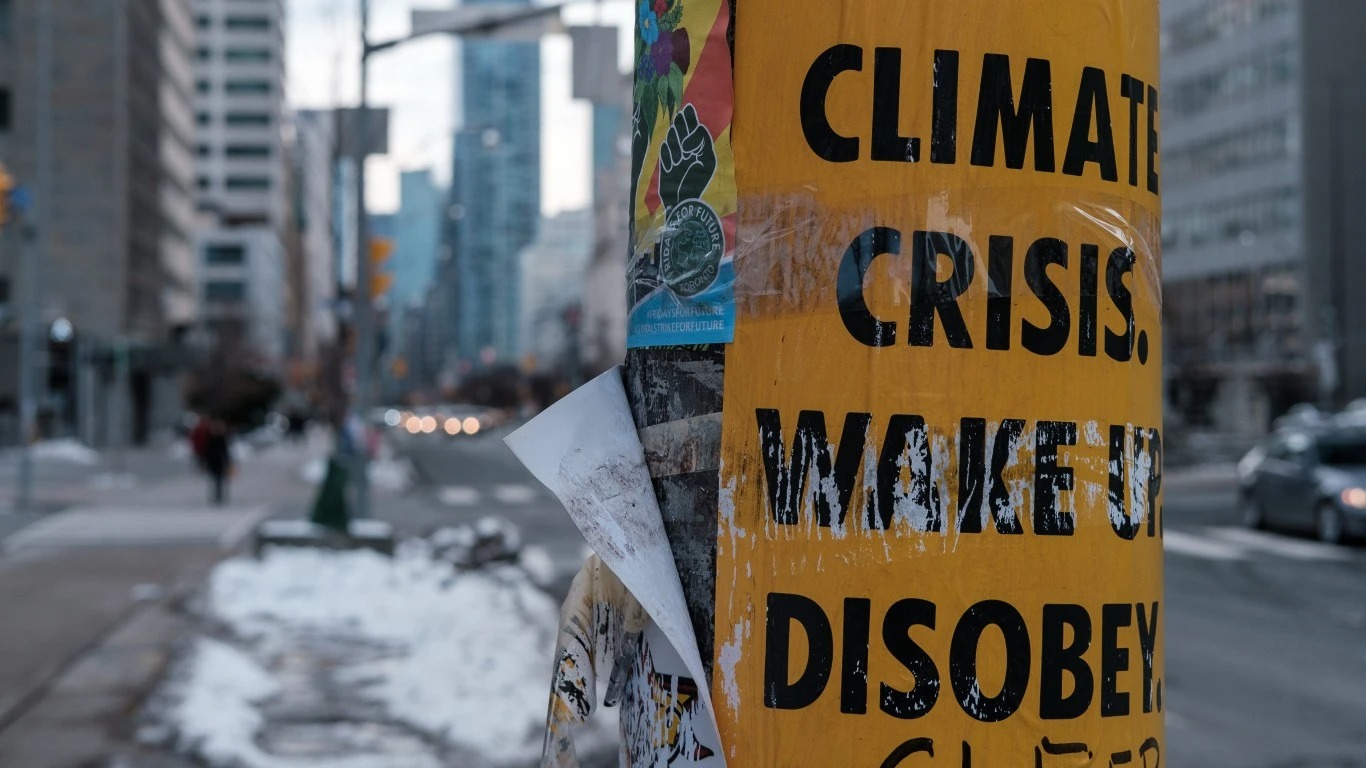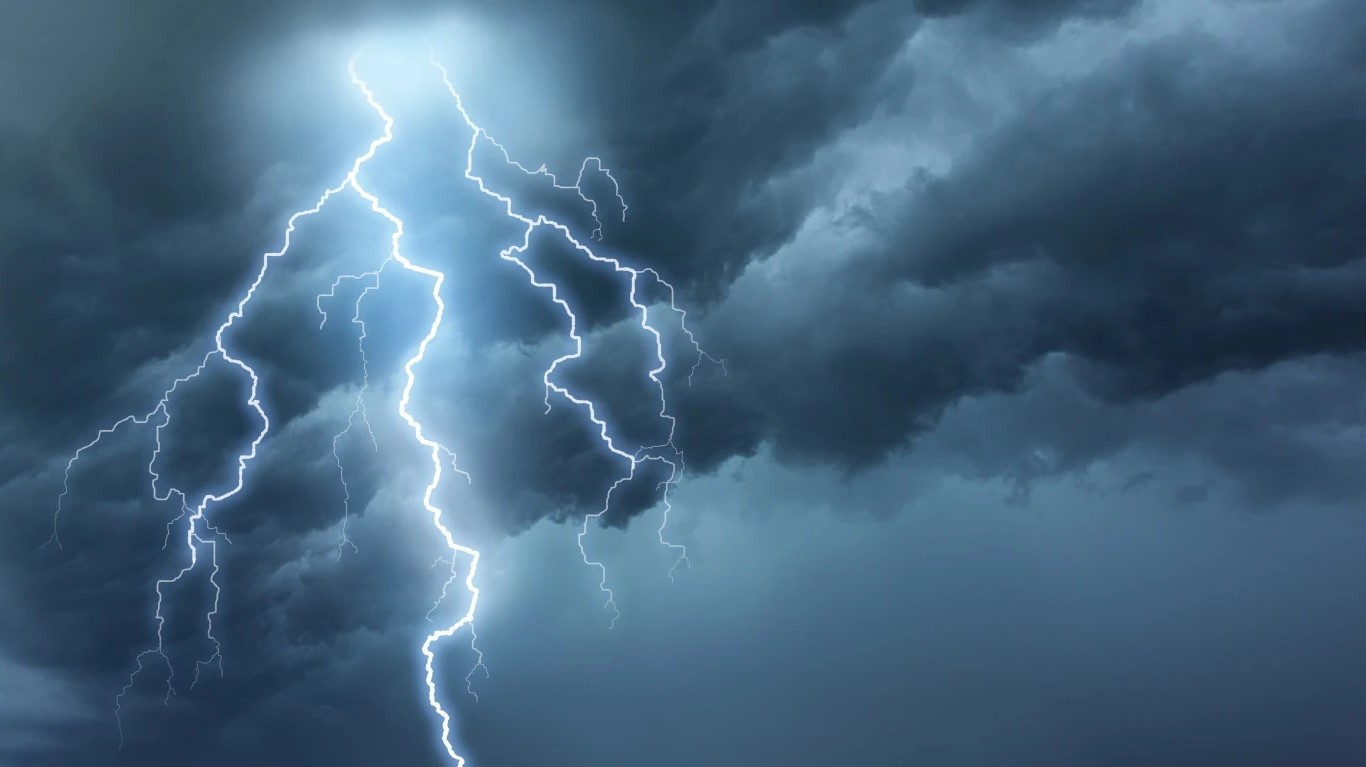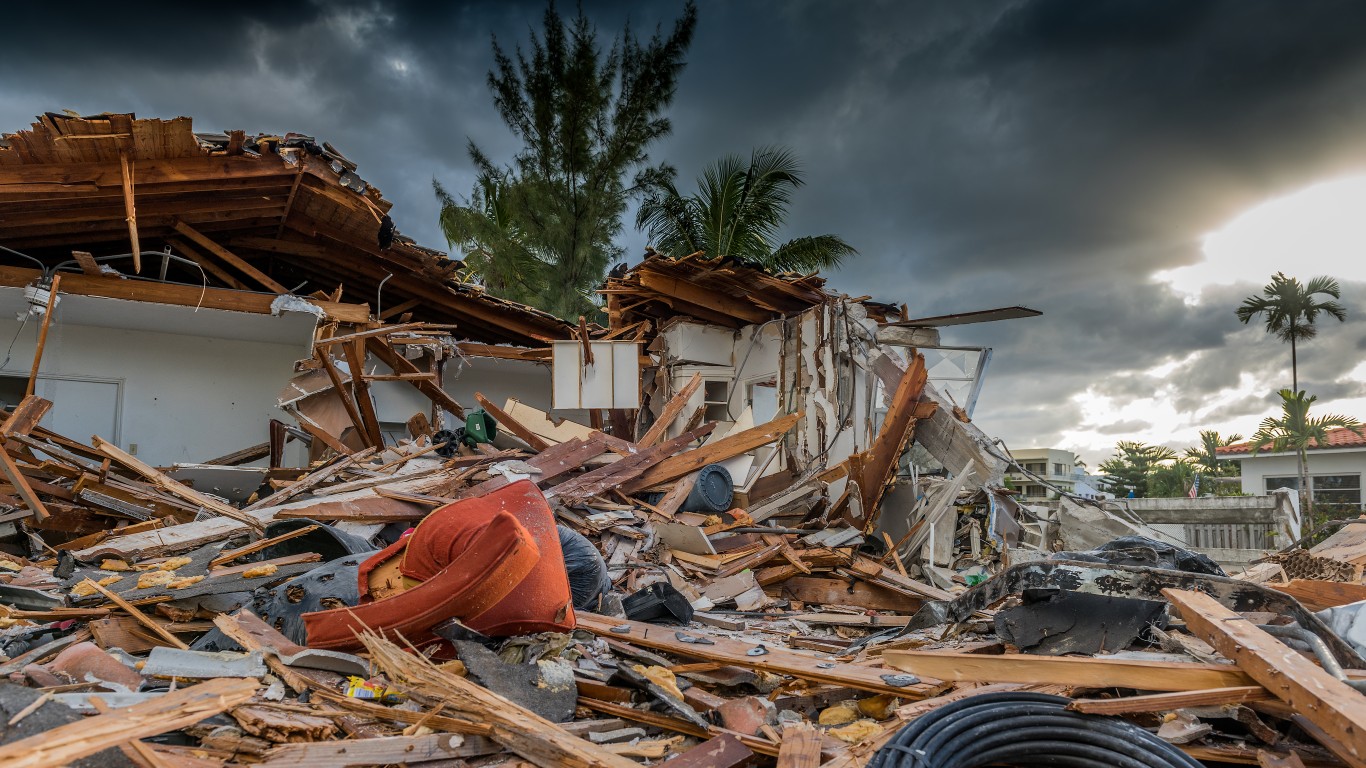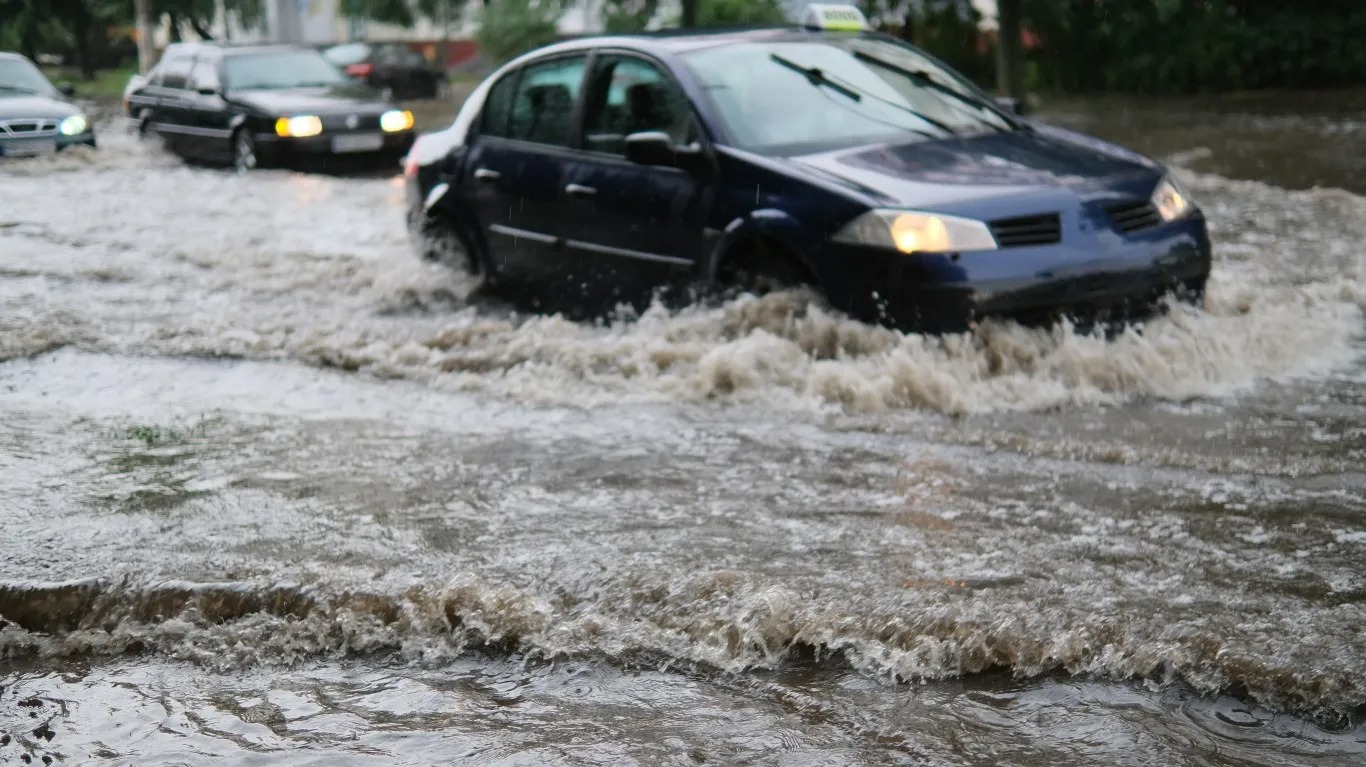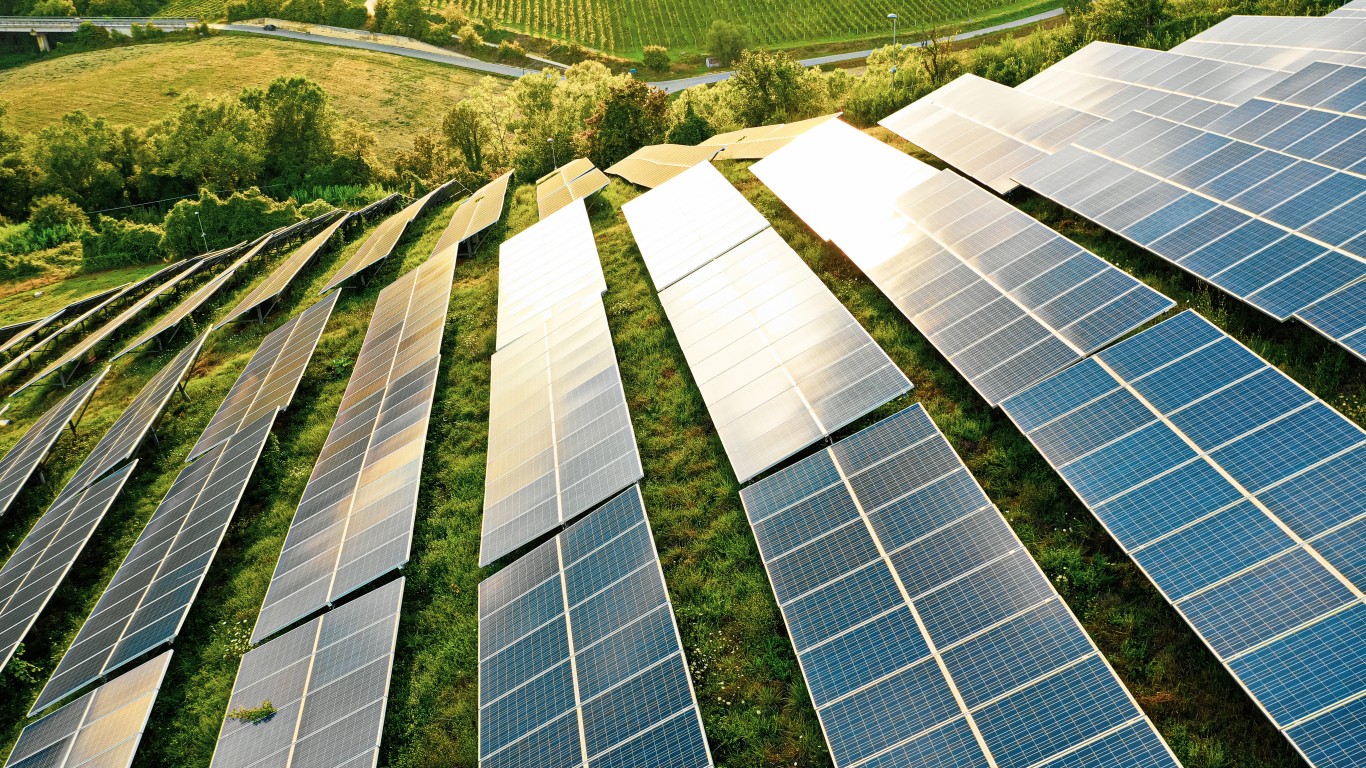(A native of England, veteran journalist Matthew Diebel has worked at NBC News, Time, USA Today and News Corp., among other organizations. Having spent much of his childhood next to one of the world’s fastest bodies of water, he is particularly interested in tidal energy.)
Hot news: The real Barbie dropped by my house!
What’s hotter than the weather this summer? The new “Barbie” movie. And what’s something crazy that I just learned about the real Barbie? That she visited my childhood home!
OK, so this is not a usual column item where I discuss some aspect of climate change or how to fix it. Instead, this is news that I just learned from my sister that I could not resist sharing.
The story — the first part of which I knew — goes like this: My mother grew up in an East London suburb called Ilford which had a large Jewish population. Next door to her was the Myers family. My mother was very much a fan of Mrs. Myers, first name Fay, who was very warm and talkative. I don’t have any information on Mr. Myers, who I believe died fairly young.
And there were two sons, a bit younger than my mother, Howard and Stuart, who were bright young men. Both became successful architects and both moved to California.
And that’s where Barbie comes into the picture. Somewhere along the way, Howard met Barbara Segal, the daughter of Ruth Handler, the woman who invented the Barbie doll, which was launched in 1959 and was named after her daughter. (Meanwhile, Barbie’s boyfriend, Ken, was named after Handler’s son.)
My sister is unsure whether Howard and Barbara got married or were, in the modern fashion, partnered (she kept her last name, Segal, from a short-lived first marriage). But they were definitely together.
How do we know that? Here’s the lowdown: As I mentioned, my mother adored the boys’ mother, Fay, and visited her often in London. The boys, probably feeling guilty because they were so far away, were very grateful and asked my parents (and my sister) to California and to their Barbara and Howard’s home in a swanky gated community. “I couldn’t believe how posh it was,” reported my sister.
And now — drum roll, please — the shocking news: Some time after the California visit, Howard and Barbara visited England to see his mother — and they came to my parents’ house (I was in the U.S. by this time), which was a small farm southeast of London.
And thus Barbie visited my childhood home!
My sister, meanwhile, hated Barbie dolls with a vengeance.
Hot outside? A burning reason to stay upright.
When I was in Arizona about 18 months ago for a short getaway with friends, I took a tumble. We were on a hike along a scenic stream near Sedona when I tried to cross the water via a series of boulders — and fell in. It was injurious because I felt stupid, got soaked and also busted a couple of ribs. Ouch!
So, given my predisposition to fall — I recently tumbled down some stairs — I’m glad I’m not back in Arizona now, particularly in Phoenix (which we also visited). Why? Because not only are you going to get breaks and bruises if you fall but you are also likely to get burned. Eeek!
That’s right — it’s so hot in Maricopa County, of which Phoenix is a part, that people are being brought into emergency rooms with significant, sometimes life-threatening burns.
With temperatures consistently in the 110-120F range, asphalt and concrete roadways and sidewalks are sometimes heating to 180 degrees. “I mean, it’s just a little below boiling, so it’s really something,” Dr. Kevin Foster, director of burn services at the Arizona Burn Center at Valleywise Health, told CNN, adding that every bed in the center is full.
It can take only a “fraction of a second” to get a “pretty deep burn,” Foster continued. For people who have been on the pavement for 10 to 20 minutes, “the skin is completely destroyed” and the damage often goes down deep, meaning it is a third-degree burn.
Another physician at the center, Dr. Frank LoVecchio, told of treating an elderly patient who fell out of her wheelchair and, despite being picked up immediately, received considerable injuries on her legs. “It only takes a few seconds for you to get a third-degree burn,” he added.
Pets are also at risk, with Rena Carlson, president of the American Veterinary Medical Association, telling the network that owners should keep cats inside and walk dogs early in the morning or late at night. Dog booties are also a good idea, she said.
Arizona’s a great place to visit, but only in the winter for me.
And no more boulder-hopping.
I’m in love with my ancient iPhone
In 2017 I bought an Apple $AAPL iPhone. It was the first-generation SE model, the same size as an iPhone 5 and with the guts of a 6. And I still have it, seeing no reason to replace it. It sits nicely in my hand, enabling me to do my one-thumbed typing. And it still works perfectly (having had a couple of new batteries over the years). In addition, being a reasonably conscientious steward of the environment, I would hate to throw it away (no one is going to buy something so antiquated).
But I am pretty much alone — most people change their smartphones every two or three years, meaning that about 151 million of them are cast aside every year in the U.S., according to the WEEE (waste electrical and electronic equipment) Forum, with only about 17% of them being properly recycled.
And then there’s the matter of their manufacture. For instance, Gregory A. Keoleian, director of the Center for Sustainable Systems at the University of Michigan, told Popular Science that the current iPhone 14 Pro contributes 65 kg of carbon emissions throughout its lifecycle, about the same as driving 167 miles in an average gasoline-powered car. Of this, about 80% is a product of its manufacture, including the mining, refining and transportation of its components.
OK, I’ve been lucky in my phone’s longevity, but they get dropped and the innards can fail — and often cannot be repaired. Which brings us to the Murena Fairphone 4, the product of a Dutch company that is touted as being easily repairable (even by amateurs) and made with responsibly-sourced materials. It has all the usual features and pretty much looks like most phones from Apple, Samsung and others.
The repair aspect is important, with Joy Scrogum, assistant scientist of sustainability at the Illinois Sustainable Technology Center, telling Popular Science that allowing consumers to fix issues and upgrade features without having to replace the entire phone is much less wasteful. “In other words, plan for durability rather than obsolescence,” she said.
And there’s another thing: “Keep in mind that phones which are designed to be easier to take apart for repair are also easier to disassemble at their end-of-life so components and materials can be reused or recycled.”
I’m not wishing for its demise, but when my SE gives up the ghost, a Fairphone may be in my future.
Subscribe to Callaway Climate Insights to keep reading this post and get 7 days of free access to the full post archives.
By David Callaway
